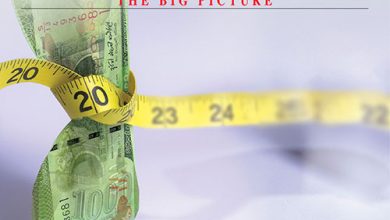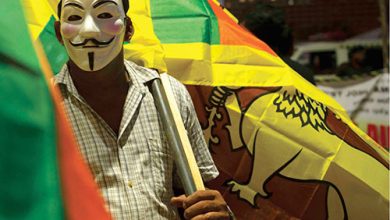ANTISOCIAL MEDIA
BREAKING NEWS
How it got broken
BY Angelo Fernando
Did you hear the story about the Japanese Nobel Laureate who claimed that coronavirus was designed in a lab in Wuhan where he had once worked? I hope not!
More importantly, I hope you didn’t share this ‘news’ on WhatsApp – because it’s fake.
Plausible? Yes. Nuggets of disinformation are generally built around a grain of truth that’s surrounded by pebbles of faulty data. Human beings in the digital age seem to want to copy the TV model of ‘breaking news’ – one that’s as irrelevant or broken as ‘Extra! Extra! Read all about it…’
If every story about an arrest or rocket launch constitutes breaking news, how would you capture the attention of people when you urgently need to communicate something that’s terribly important?
Delusion is another reason why this model is broken. All those who are empowered by the publishing tool in their pockets want to be seen as reporters of breaking news. People are somehow deluded into believing that they are ‘citizen journalists,’ and so they forward anything with a provocative headline.
This ‘cut and paste’ behaviour unwittingly makes us amplifiers of someone else’s agenda. We rarely verify what comes on our channels.
The ‘trust but verify’ recipe is great in theory but difficult to practise as we drink from a fire hose of information. We assume our sources are trustworthy and as economic analyst Aaron Fernando says, “these are our trust networks so we don’t bother to vet the information that comes down the pipes.”
We happily spray disinformation across the networks and conspiracy theories in particular thrive on our unwillingness to dig deep. And those who seek to profit from fake news tap into this weakness.
The best example of this was the story about sterilisation pills that went viral on Facebook in Sri Lanka sometime back. This now debunked controversial myth had been planted purely to inflame religious outrage. It sprang from a video that falsely claimed to show someone in a Muslim restaurant mixing ‘sterilisation pills’ into food that was then served to Sinhalese-Buddhists.
Many people shared this video and similar fake stories on their social media channels. As a result, Muslim businesses were attacked and a mosque was burned. The people who were sharing this fake news were usually rational folk; but they didn’t care to fact check the story as professional journalists do. Facebook later apologised for allowing such hate speech to go unchecked.
In June, Facebook CEO Mark Zuckerberg was criticised by his employees for refusing to delete inflammatory posts by US President Donald Trump during the recent riots in the US. This is not to suggest that Facebook is the sole conduit of disinformation; but it’s a dominant force in the spread of hate speech and fake news – when you factor in its broader and deeper ecosystem, which includes WhatsApp and Instagram.
How many of us use all three platforms?
I quit Facebook as a conscientious dissenter more than a year ago. How many of you forward a sensational story from one platform to another? That spurious tale about the Japanese Nobel Laureate was easy to uncover with only one click on snopes.com and even other media outlets. Yet, it hopped across social media because it was originally disseminated by a trust network.
Controversial stories give us a feeling that we’re reporting it when in fact, we are repeating it and doing the bidding of disinformation operatives with an agenda. In the case of the sterilisation pills story, it was a radical anti-Muslim organisation that had sought to sow discord in the country.
The coronavirus myth was generated by groups blaming China for the outbreak so that people would be distracted from the US’ incompetent response to the COVID-19 pandemic.
So the onus is on us to fact check before we share information but we’re lazy or incompetent. It may be humbling but we have to admit that we aren’t necessarily news breakers.
By all means, if you witness child abuse, political misdemeanours or environmental damage firsthand, use social media to report it. But as Sir Winston Churchill once said, “where there is great power there’s great responsibility.” So don’t adopt the ‘broken news’ model.
Disinformation or fake news isn’t a new phenomenon.
Long before today’s keyboard warriors were born, countries such as the US employed similar tactics. Around 1898, newspaper magnate William Randolph Hearst published fake stories about Spain that triggered the Spanish-American war. In 1693, an English printer named William Anderton was executed for publishing false narratives about the monarchy.
Today’s disinformation operatives are successfully seducing people to do their bidding through social media. But that model is broken and dangerous; and it needs to be fixed before it can be considered truly ‘social.’







